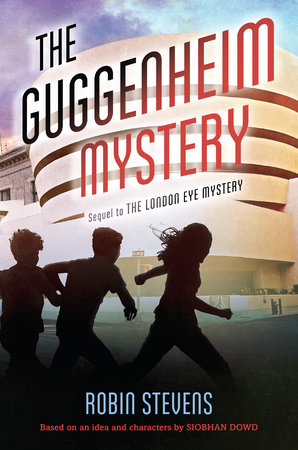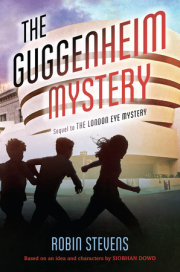1
Patterns
Here are some facts about me.
My name is Ted Spark.
I am twelve years and 281 days old.
I have seven friends.
There are nine lies in the silver folder labeled my lies that I keep in my desk drawer.
I am going to be a meteorologist when I grow up, so I can help people when the weather goes wrong. This is something that will happen more and more in the future. The world is heating up because of increasing levels of greenhouse gases in the atmosphere. This is causing the seas to rise, and weather to become more extreme and unpredictable. This is very interesting and also very concerning. I don’t know why the rest of my family--Mum and Dad and my sister, Kat--are not as worried about this as I am.
It might have something to do with my funny brain, which works on a different operating system than other people’s. It makes patterns like the weather very important to me, and makes me notice things that no one else could. I see the way things connect, and I connect things that other people do not seem able to. I am learning that there are even patterns in stories and myths and poetry. There are patterns everywhere you look.
Three months ago I solved the mystery of how my cousin Salim disappeared from a pod on the London Eye Ferris wheel while Kat and I were watching him. A man came up to us while we were queuing and offered us a free ticket, which Salim took. Salim got into the pod that went up at 11:32 a.m. on Monday, May 24, but when it came down again at 12:02 p.m., we did not see him get out. Mum and Dad and Aunt Gloria, who is Mum’s sister and Salim’s mum, thought that his disappearance was impossible. Even the police thought it was impossible.
But I knew that even though some things seem impossible, they always make sense once you understand them. For example, in the year 1700 there was an earthquake in America that caused a tsunami in Japan, 4,721 miles away. A tsunami is a huge wave. At that time, the Japanese people who were hit by it probably didn’t even know that America existed, but the tsunami flattened their houses anyway. This is absolutely true, and it proves that the whole of history is a pattern, and everything is caused by something else.
When Salim disappeared, Kat and I came up with nine possible theories, and one of them had to be true. That is what I knew, and that is what Kat and I proved. We worked out which theory was correct, and we got Salim back, and then he and Aunt Gloria went to New York together, to a new weather system and a new life, and a new job for Aunt Gloria as a curator at the Guggenheim Museum (my encyclopedia says that a curator is someone who looks after paintings and pieces of art, and organizes exhibitions in art galleries). But we were still part of that life, and when Kat and Mum and I went to visit them during our summer holiday this year, the mystery of the London Eye turned out not to be the only mystery in our universe.
Fifteen days ago, on the first proper day of our holiday, a painting was stolen from the Guggenheim Museum.
When the painting was stolen, everyone kept saying that it was priceless. That was not correct. They should have said that it was worth $20 million in New York, which is £16.02 million if you are in London, where Kat and Mum and Dad and I live. (This is because of something called the exchange rate, which decides the number of dollars you can buy for a pound, or the other way round. The exchange rate isn’t always the same, which I find very interesting.)
It was very difficult for me to understand how a painting could be worth so much. Unlike photographs, paintings are not always accurate or realistic. I can see why a photograph would be valuable, because it shows you what the photographer saw at the very moment the picture was taken. My cousin Salim loves photography, and his photographs helped us solve the mystery of his disappearance. When I look at his pictures, I can tell exactly how the world looked when he took them. It’s like time travel. But paintings are not like that, and so at first I wasn’t very interested in the stolen painting.
But then Aunt Gloria was blamed. The police thought that she had stolen it, and they tried to put her in prison. That would be bad for her, and also bad for Salim. Salim is my cousin and one of my seven friends, and so I knew that I had to help him by getting the painting back again, and proving that Aunt Gloria had not been the one to take it.
This is how I, and Kat and Salim, did it.
Copyright © 2018 by Robin Stevens. All rights reserved. No part of this excerpt may be reproduced or reprinted without permission in writing from the publisher.




